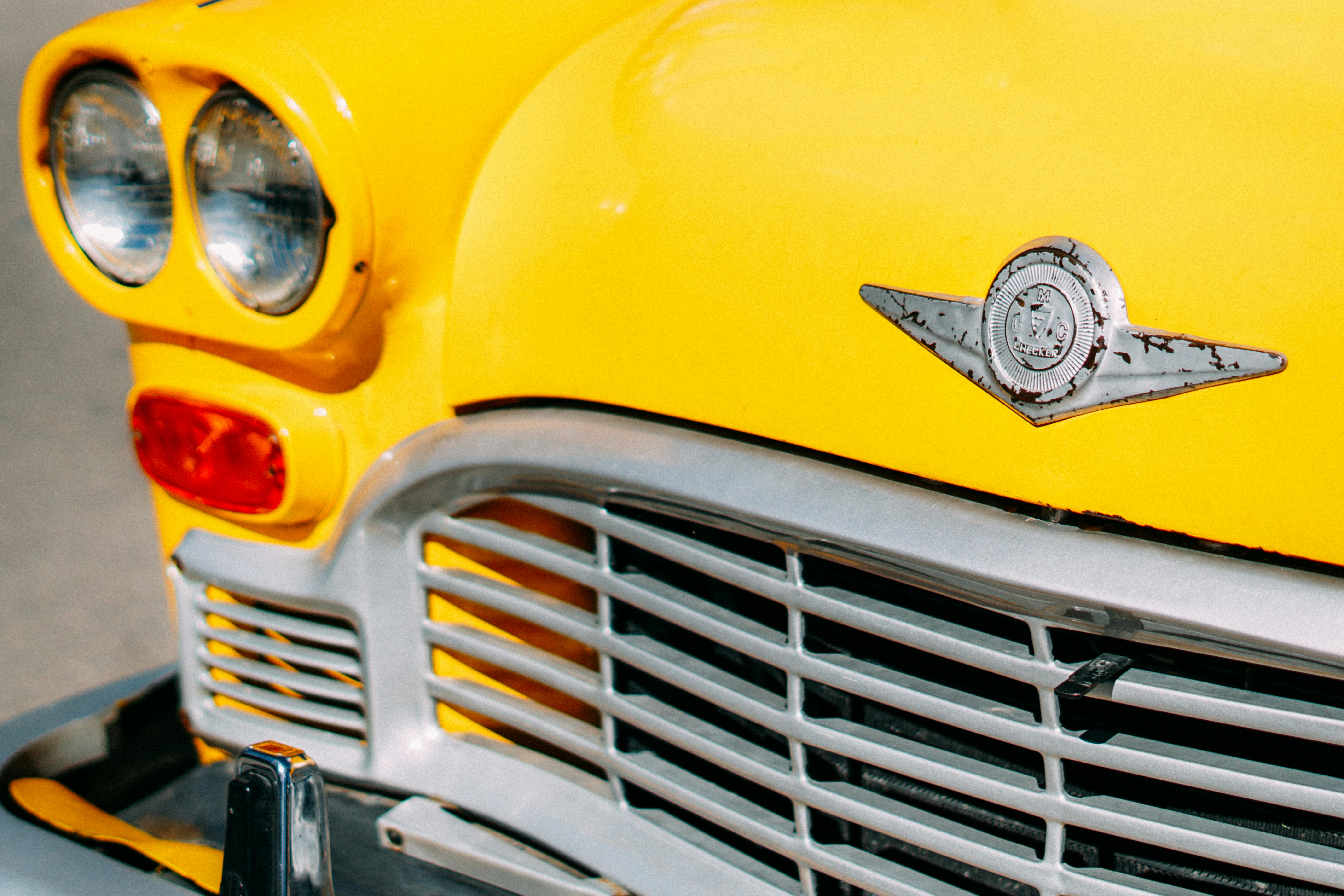3/4 motorcycle helmets, often referred to as open face motorcycle helmets, have advantages and disadvantages compared to their full face counterparts. Motorcycle helmets were invented in the 1930s. In 1935, TE Lawrence, commonly known as Lawrence of Arabia, was riding his motorcycle near his home in Wareham. A pothole in the lane he was in prevented him from seeing two children riding bicycles. Lawrence swerved to avoid the children, losing control of his motorcycle in the process and sustaining serious head injuries. After six days in a coma, Lawrence passed away. A neurosurgeon who treats Lawrence, Hugh Cairns, began studying the use of motorcycle helmets as a means of preventing this unnecessary injury from happening again.
Today, there are five main types of helmets on the market. These include: full face, off road or motocross, modular or flip up, half helmet and 3/4 helmet or open face. The 3/4 helmet covers the top and back of the skull, but does not have the lower chin guard or face shield found on a full face model. A visor is sometimes found on this type of helmet and can be of a variety of shades and lengths. The visor is primarily used to reduce glare from sunlight to the wearer. The unique 3/4 helmet design offers a variety of advantages and disadvantages to the rider.
Like a full face helmet, the 3/4 motorcycle helmet offers protection for the back of the skull for motorcycle enthusiasts. Other benefits of the 3/4 helmet, compared to a full face model, include better hearing and increased peripheral vision. The 3/4 helmet also allows for more airflow around the wearer’s skull, which increases comfort, especially in hotter weather. However, despite these advantages, there are significant disadvantages that cyclists should be aware of.
Although some 3/4 motorcycle helmets may have an attached visor, they do not have the protection of a full face shield to protect the rider’s face. This can cause insects, dirt, debris, rain, snow, hail and wind to fall on the rider’s face and cause injury. This is of particular concern for the eyes. For this reason, many states with helmet laws require bicyclists to wear wraparound sunglasses or goggles when wearing a 3/4 helmet. On some models, a face shield can be attached to the top of the helmet to help protect the eyes. The 3/4 helmet also offers little to no protection for the face during a crash.



